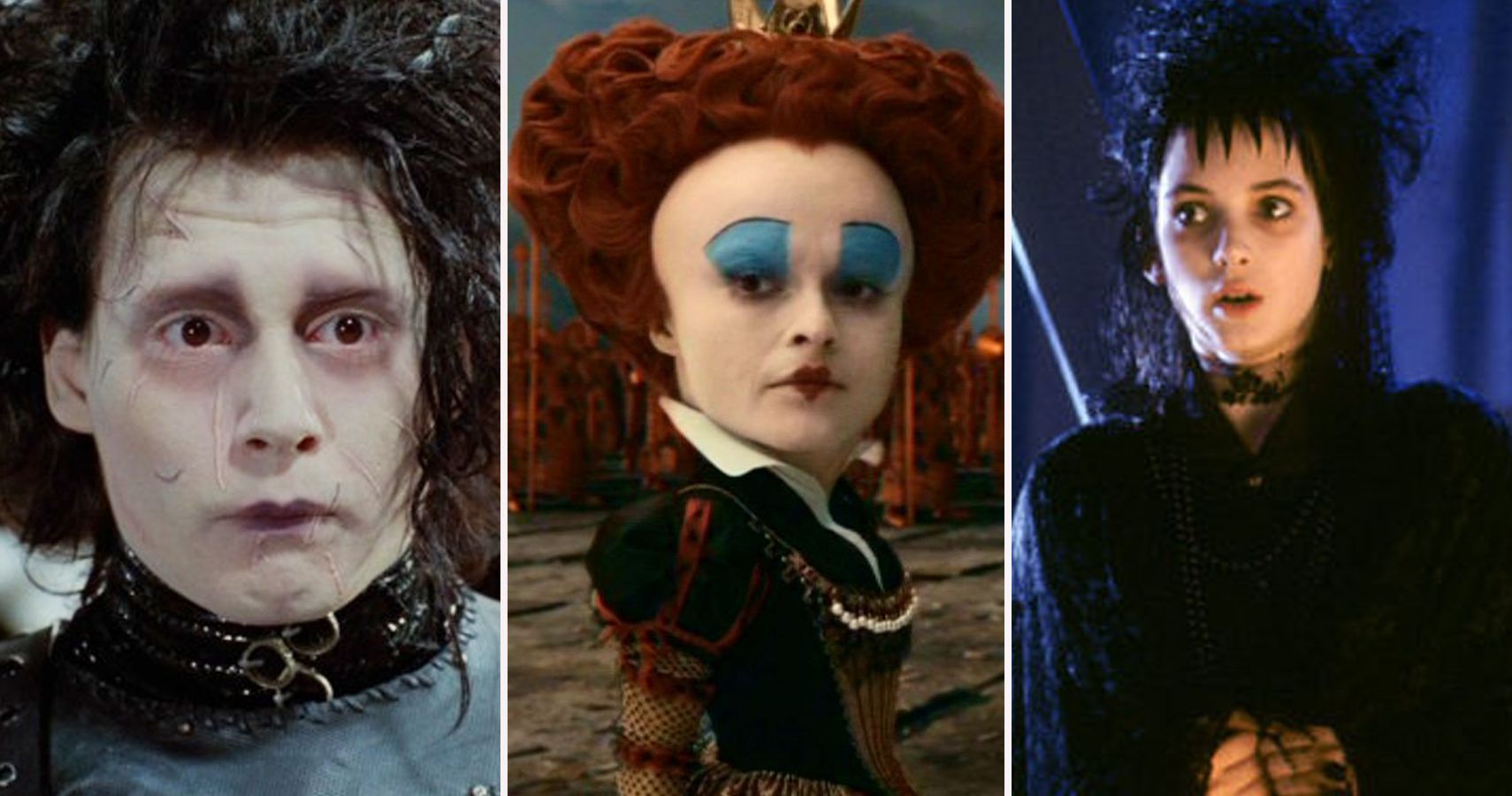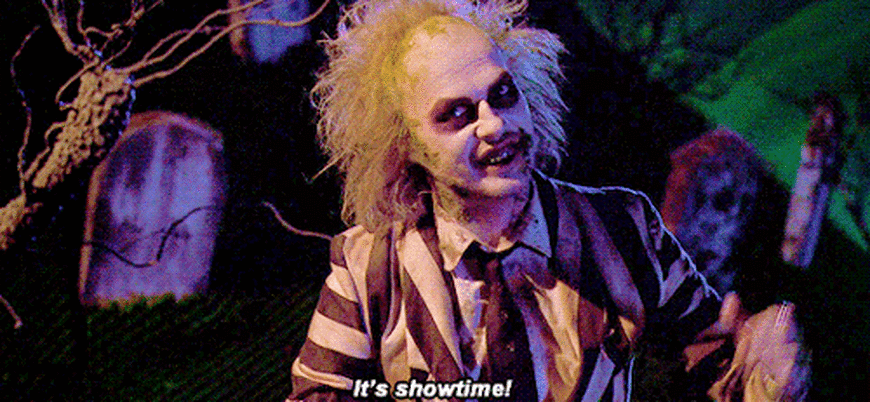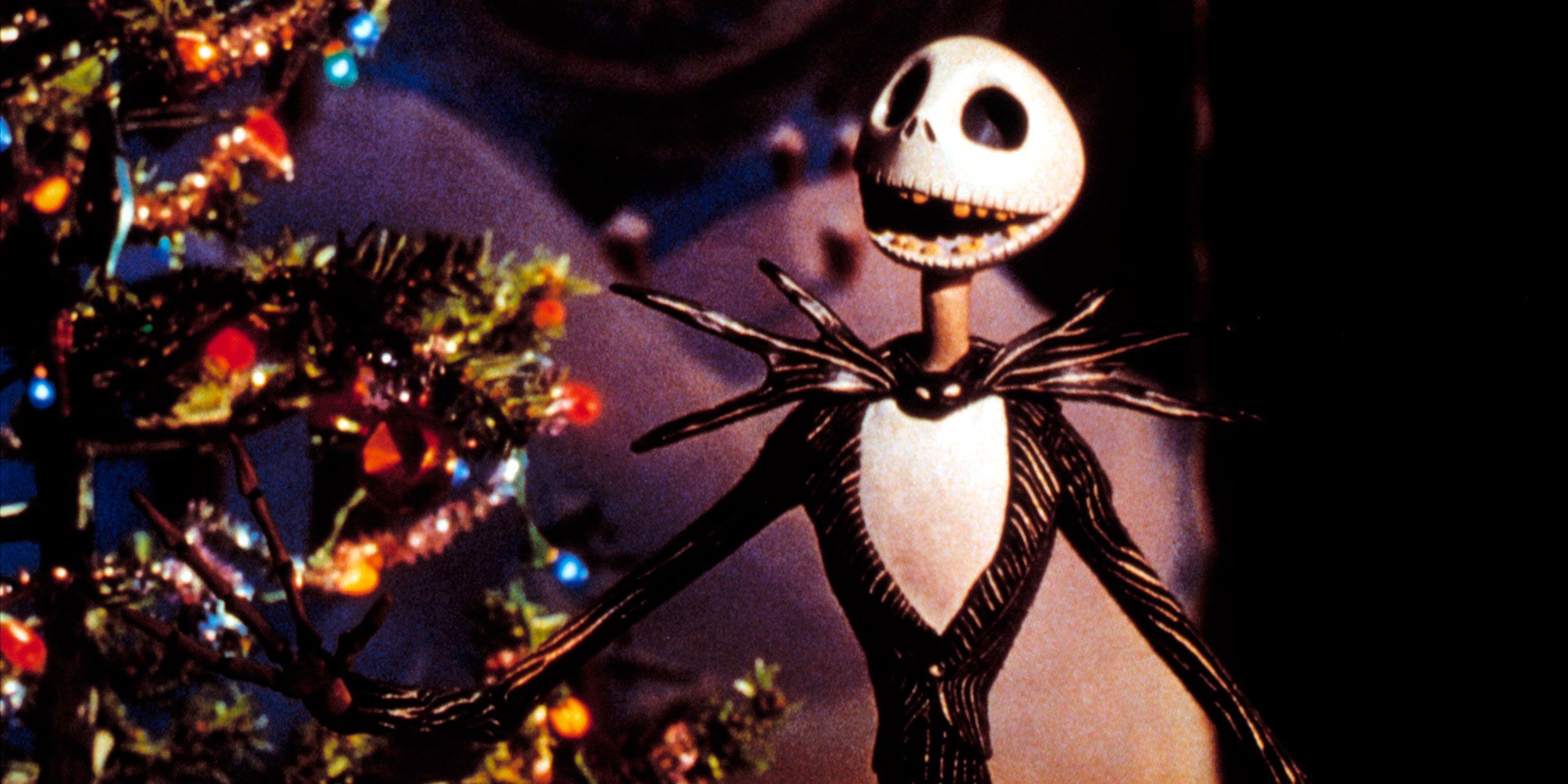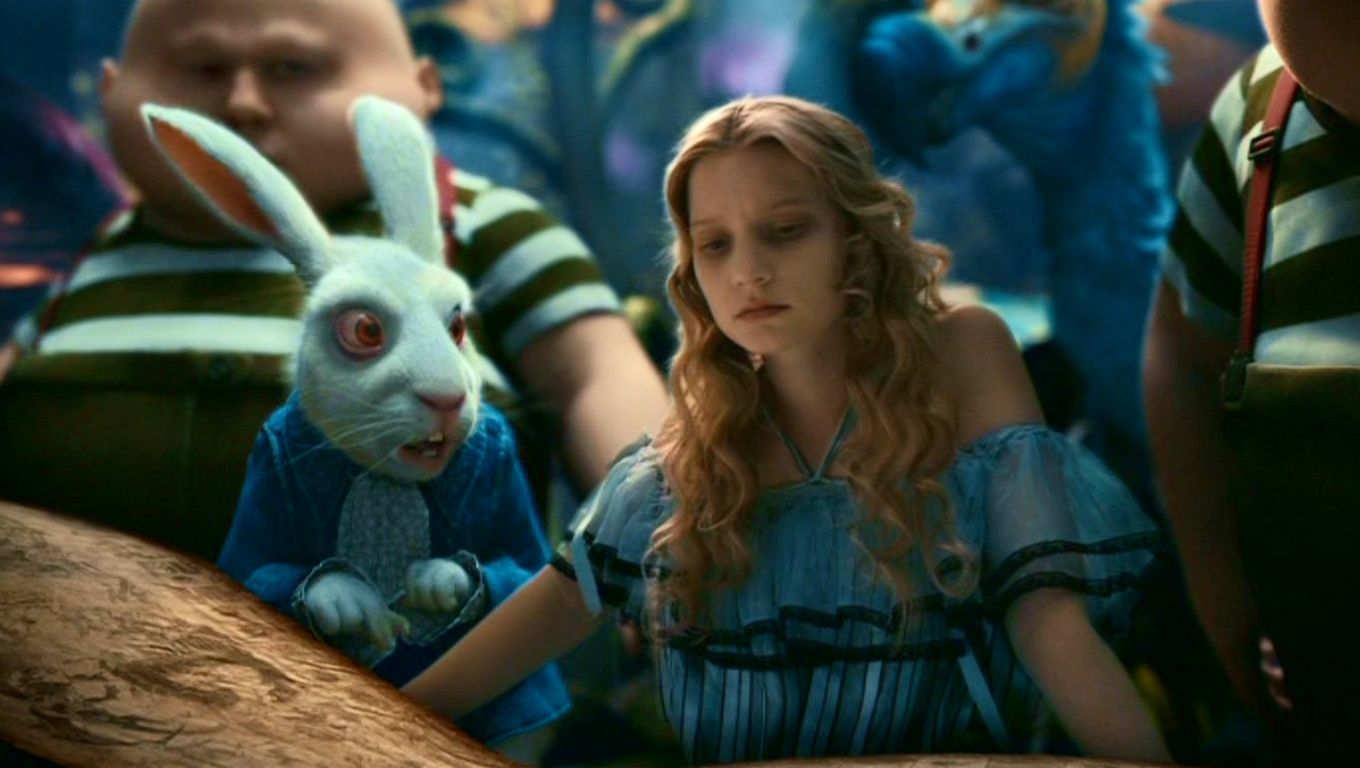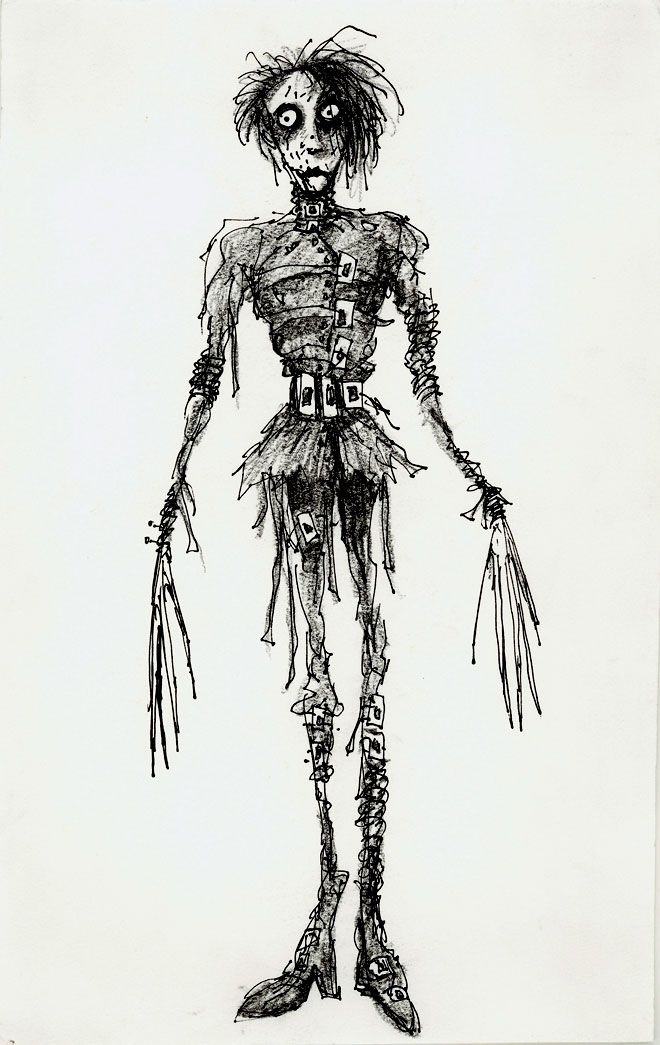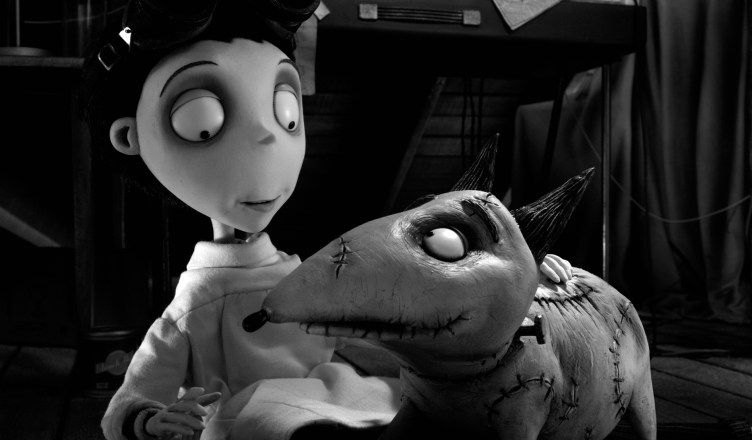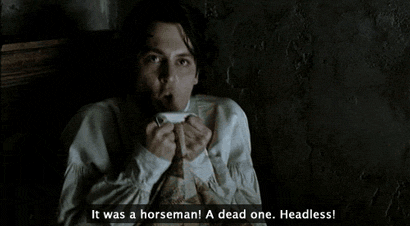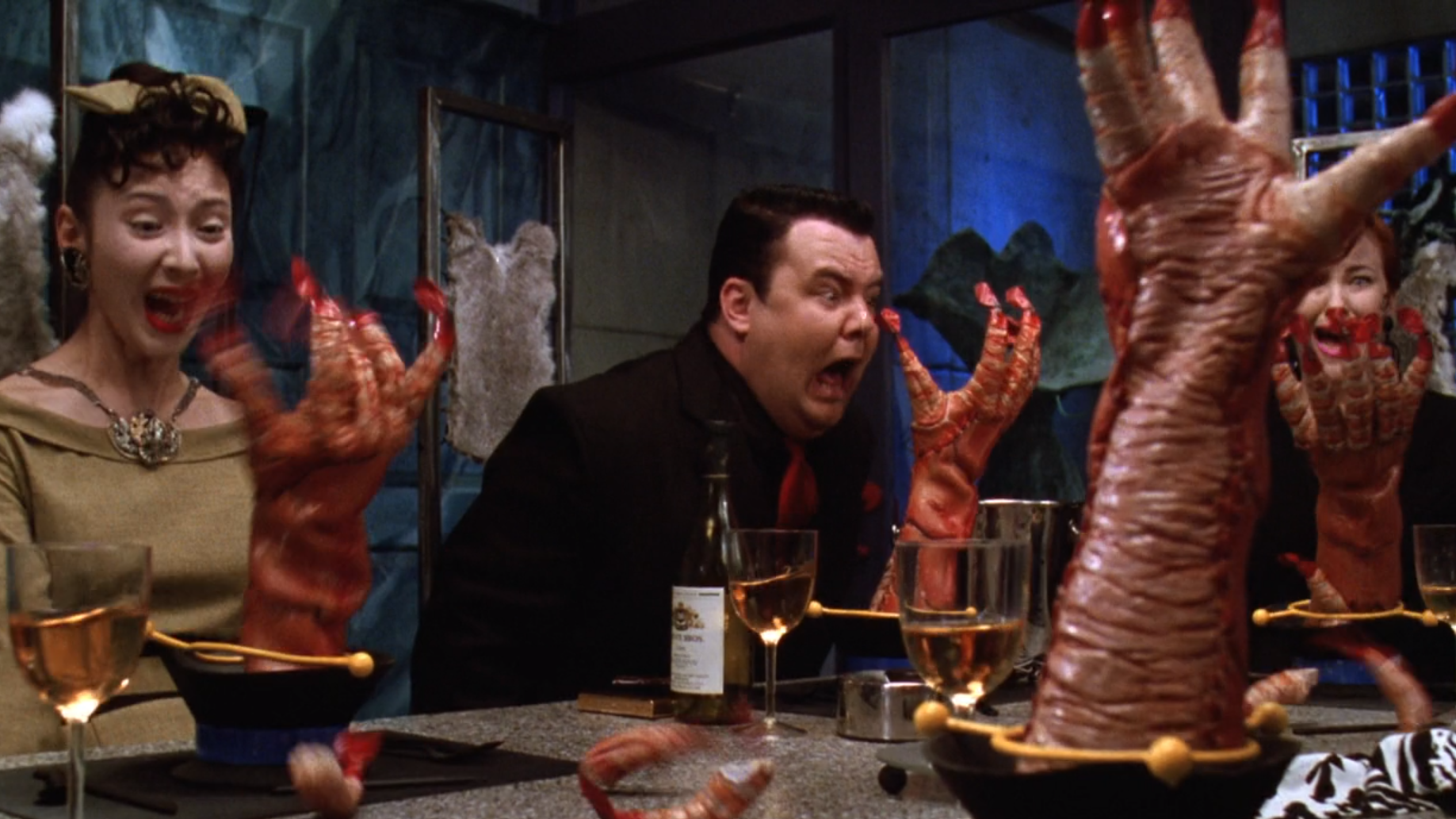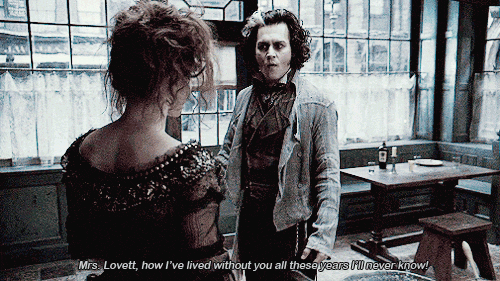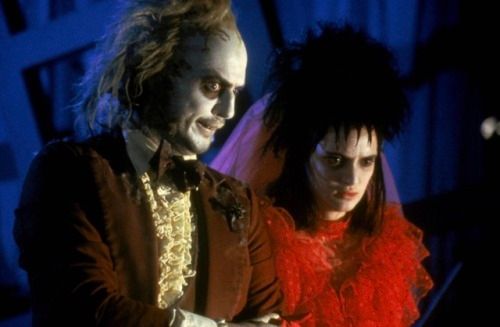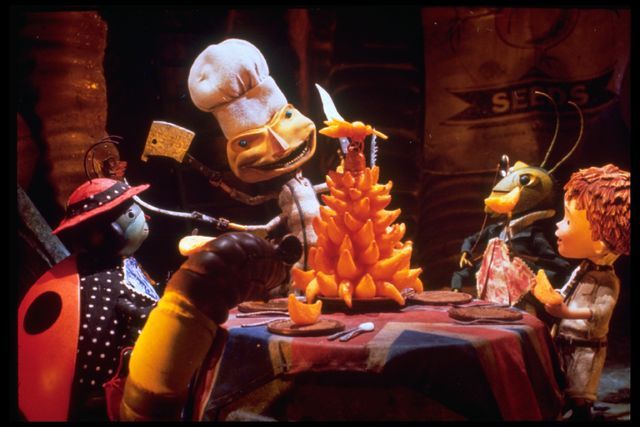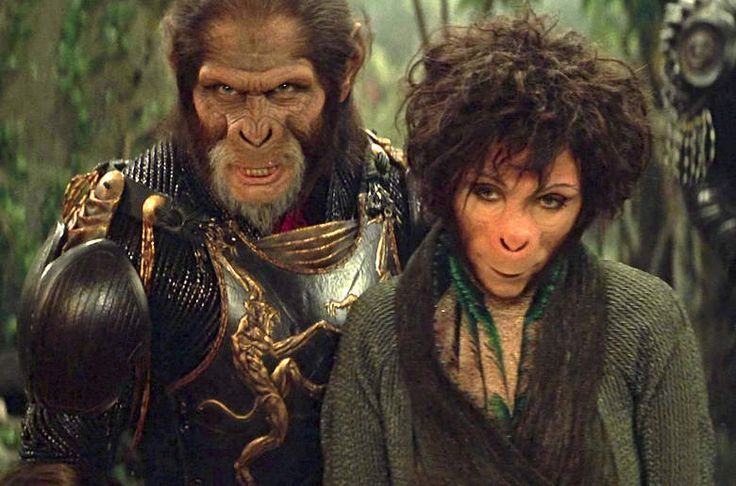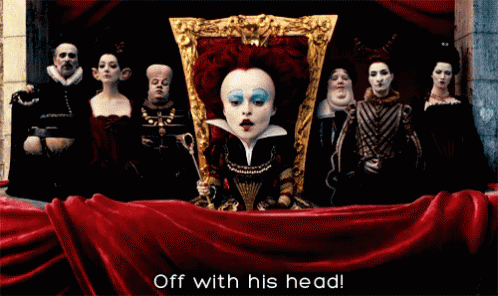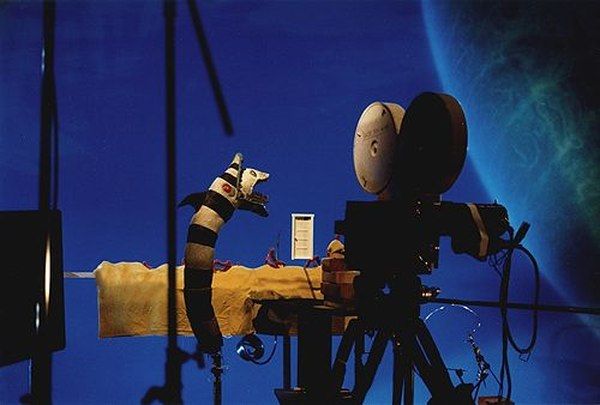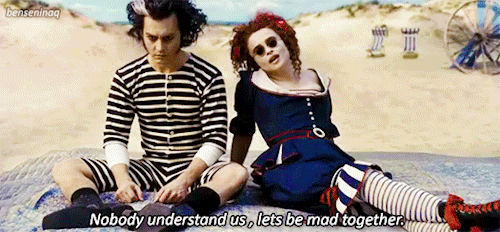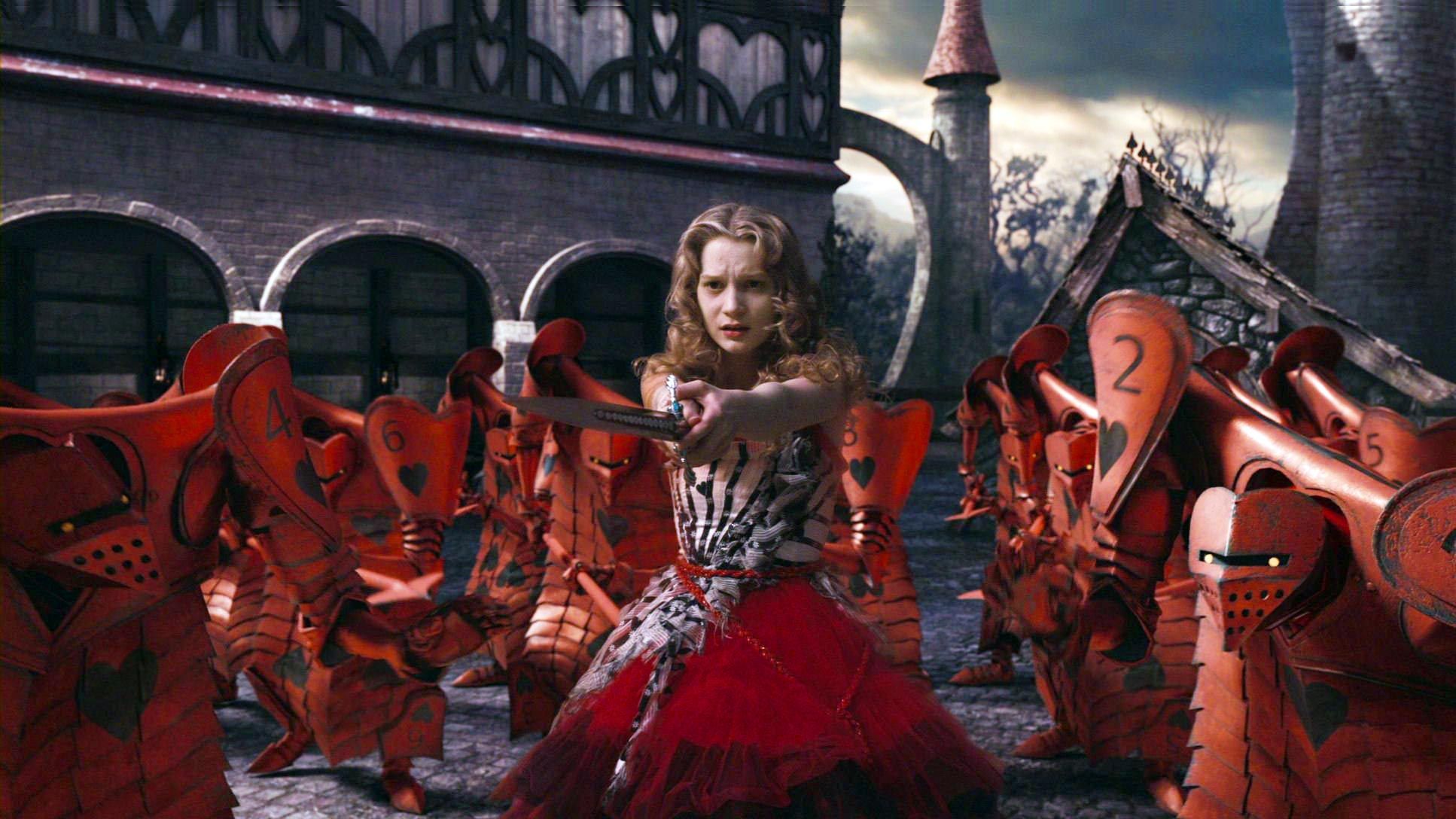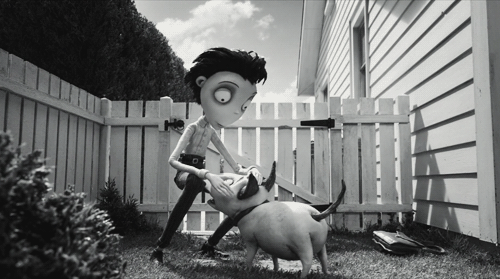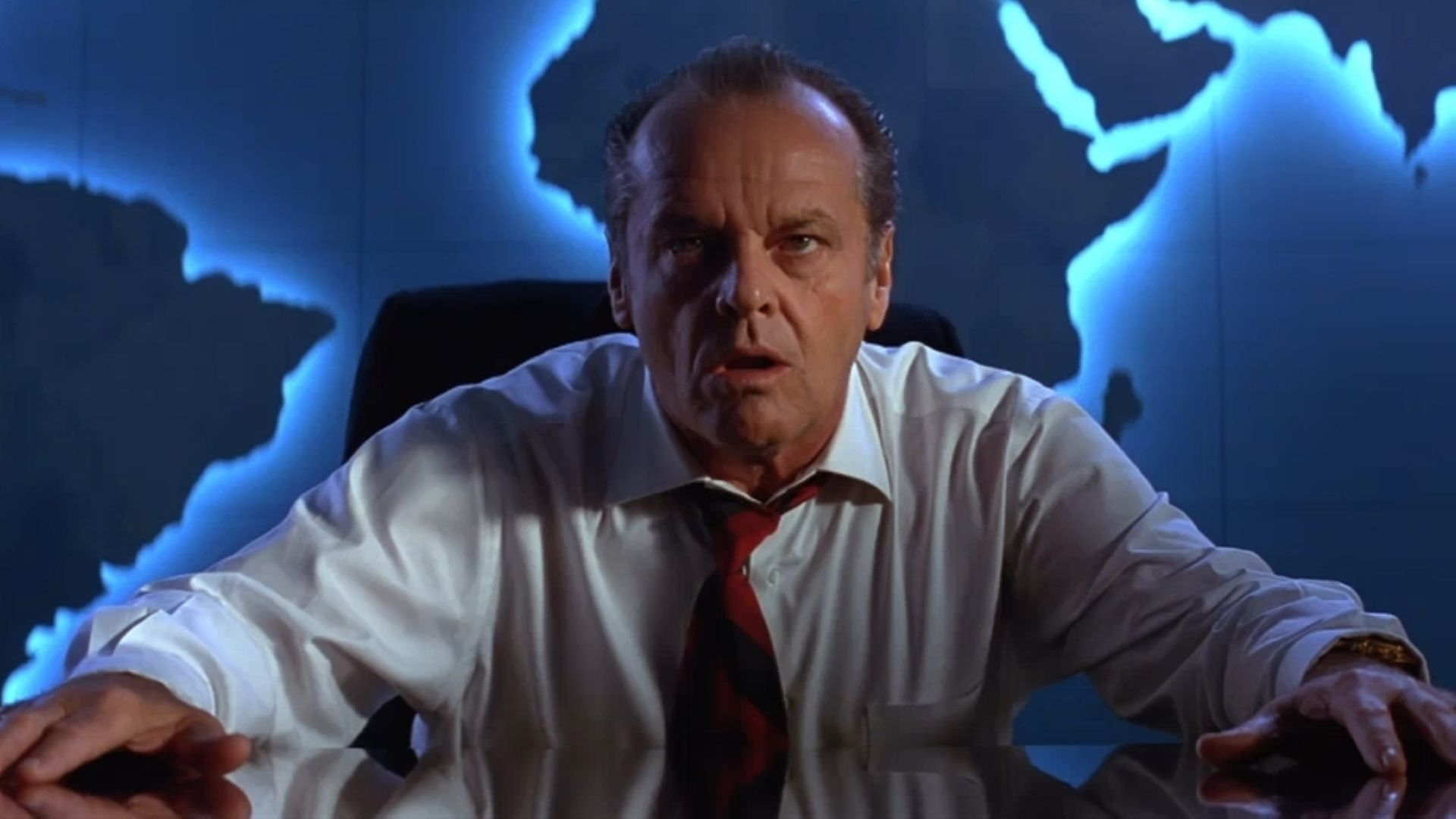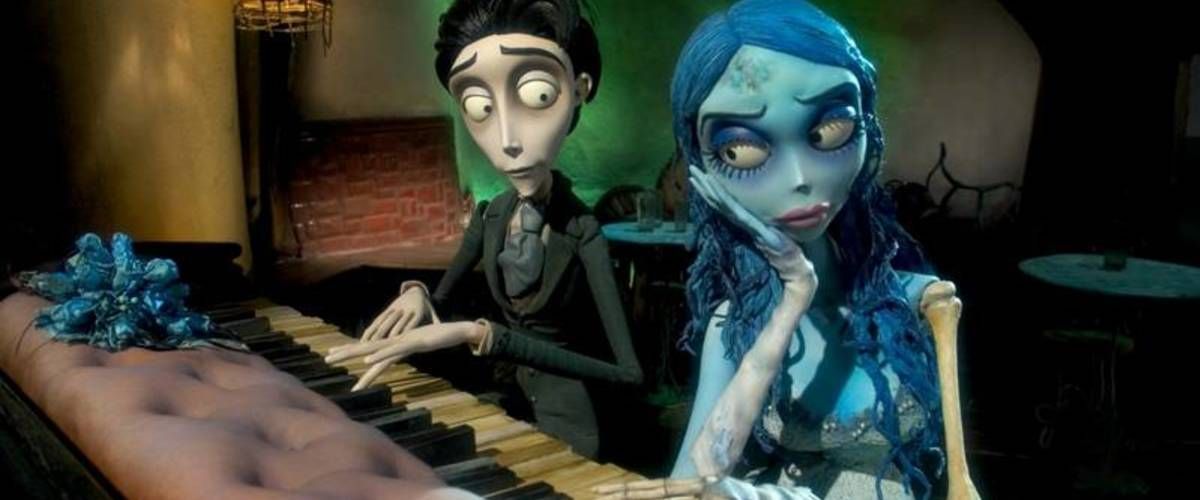Let’s be honest, people rarely go see a movie for a certain director or producer. People are usually drawn by title actors or the story itself, and we often forget about everyone who is working themselves to the bones behind the scenes. But there are some directors, like Tim Burton, who can draw a crowd just by placing their name on a project. Whether you prefer his new work, or you find yourself more drawn to his older classics doesn’t matter. Burton has something for everyone.
If you like dark, creepy, and eerie horror films, give Sleepy Hollow a gander. Or, if you wear your inner child on your sleeve, something more colorful and light like Alice Through the Looking Glass might be more your speed. I, myself, was the quiet sort of child who would openly refer to herself as ‘strange and unusual;’ so I naturally found a home in Burton’s expansive collection of works. The name “Tim Burton” has now become synonymous in our society with all things weird, outside of the box, and unique. We turn to him for stories about outsiders, misfits, and people who are happier living life on their own terms (and the people that won’t let them do that.)
Burton’s diverse and impressive body of work has spanned over decades and, with that, comes a fascinating amount of behind the scenes tidbits and secrets. After a long afternoon of browsing internet forums, IMDB pages, and consuming DVD special features, I have compiled this list of facts that both entertained and intrigued me. So sit back, relax, and channel your inner misfit as we delve into these 30 dark and intriguing facts about the legend that is Tim Burton.
30 "Scared Sheetless"
First off, that amazing pun which I have used as the title for this section of the article was actually the original title for the film that eventually became known as Beetlejuice (note: this article will be using the phonetic spelling which was used during the film's release). But that cult classic film would have been an entirely different film had it not been for multiple script rewrites that eventually turned it into one of the greatest films of all time. In the original film, Beetlejuice was supposed to be an otherworldly demon who transformed himself into a human form in order to accomplish his goal of ending the lives of the Deetz’s.
Lydia originally had a younger sister that was the only one who could see and interact with the ghosts.
Throughout the film, Beetlejuice was supposed to continually shapeshift in order to best traumatize the children. Luckily, that was all scraped and it became the comedy we all know and love.
29 Nightmare Origins
Every great work needs some inspiration. Some are inspired by their dreams and nightmares, others are inspired by their hatred of authority figures and the people who commissioned their art in the first place, and some are inspired by over-enthusiastic shop employees making season displays. That’s right. This gothic kinda-sorta love story was inspired by a seasonal display in a department store. Burton claims that he wrote the original poem, which would eventually become the classic and slightly terrifying “family” film. The Nightmare Before Christmas was inspired during a trip to the store when he observed a Halloween display being deconstructed to make way for new Christmas display. He claims that the “juxtaposition of ghouls and goblins with Santa and his reindeer sparked [his] imagination.”
28 What's In A Name?
Though the Tim Burton version was met with some criticism and hesitancy, it was still a darn good movie and it was a faithful reinvention of the original story with a glorious Burton twist. The story of Alice’s adventures features a plethora of different characters, items, and legends, that Alice must interact with; but very few are named and the few that have “names” are referred to by their nickname. This is where Burton comes in.
He literally named everything in Underland and provided real names for nicknamed characters.
Though the list is extensive, some examples include the hatter (Tarrant Hightopp), the March Hare (Thackery), and The Red Queen (Iracebeth Crimms). Both the cake (Upelkuchen) and the elixir (Pishalver) that Alice ingests to adjust her size throughout the film receive official names as well.
27 Daydreams Of A Lonely Child
Any child that has ever felt like the black sheep of their family or community can relate to Edward Scissorhands, and that’s precisely why he exists. What I’m about to say might shock you but brace yourselves: Burton was what some may refer to as a “weird” kid. He didn’t really fit in and felt lonely most of the time. Edward was based off a sketch he made as a teen and the town he finds (temporary) solace in was based on his own hometown of Burbank, California. Though Burton wanted to make it clear that he was not mocking suburbia with this portrayal, but rather pointing out the flaws without judgment. Caroline Thompson (who was hired to write the spec script for the film after Tim read and loved her short story First Born) based the character of Peg on her mother, who was always bringing strangers home.
26 An Ode To The Author
Frankenweenie is one of those modern films with its teeth sunk into the past. It not only honors and worships the films that came before it, but it also spends a majority of its screen time paying respect to the works that inspired it. The central plot is, of course, a nod to Mary Shelley's Frankenstein; however, there is also a turtle who appears in the film named Shelley. Though one could write this off, as ‘Shelly’ is a very common name to give shelled pets, it was actually intended to be a nod to Mary Shelley herself.
The cemetery becomes a reference to the film Pet Semetery.
Victor’s (another clear Frankenstein reference) next door neighbor's name (Elsa Van Helsing) is also a reference to Bram Stoker’s Dracula.
25 Sleepless Legends
As you may know, the idea of a headless horseman is not unique to this film nor the mind of Tim Burton. These ideas find their roots in legends that can be traced all the way back to Celtic and German folklore from the Middle Ages. However, Washington Irving’s version of this classic legend is, arguably, the most well-known. This version was inspired by the discovery of a headless corpse in the town of Sleepy Hollow, who was buried in an unmarked grave. Although, this is the first adaptation of the classic story where the actor playing the headless horseman didn’t have to hide their head within their cloaks. In Burton’s version, the actor’s head was covered in a blue mask which was removed digitally in post-production.
24 One And Done
Though I tend to keep a positive attitude and an open mind towards all things I have yet to experience (within reason), it has become harder and harder to stay optimistic about the never-ending stream of remakes and unnecessary sequels that are drowning out all other films in Hollywood. Sometimes, I just want to watch a nice stand-alone film that I don’t need to watch seventeen other films beforehand in order to understand. Which is why I respect Burton’s hard stance on sequels.
While he has dabbled in both the art of the remake and has made a few sequels in his career.
I’ve always admired the ways that he has changed these beloved stories, remade them with his own flair and twists, and has only made a sequel if he felt it was needed. Burton claims that sequels if done poorly, can ruin the “purity” of a film and has turned down several offers to expand on his numerous films.
23 Writers' Rights
We’ve all seen a terrible adaptation that we wished we could erase from canon. We’ve all seen a group of middle schoolers butcher Shakespeare while reading aloud in English class. The disappointment is strong with these misguided adaptations and I can only imagine how it would feel to be the creator of said work. Imagine having your brainchild be dissected, morphed, and reduced to nothing in front of you. Which is the precise reason why Stephen Sondheim (the creator of Sweeney Todd) initially refused to give anyone the adaptive rights to his work. But Burton’s pitch ended up blowing him away and he reluctantly gave up the rights, with the condition that Burton would direct the project. In order to avoid nepotism claims, Helena Bonham Carter ended up sending Sondheim no less than twelve audition tapes in order to prove her talent.
22 It's A Nice Day For A Red Wedding
Costuming has always been one of my favorite aspects of film and television. Every outfit, every shoe, every thread on a dress, was chosen for a specific purpose. Be it either to convey a burgeoning connection between two characters, to reveal a hidden aspect of a character's personality, or, as is in the case of Lydia’s wedding dress in Beetlejuice, to make a nod at an old wives tale.
Lydia wasn’t a blushing bride in a dress that could rival the reddest rose in the garden because of her unique and passionate personality.
The costume department chose to make her dress red in order to reference an old poem which tells brides what will happen to them depending on which color dress they chose for the big day. According to the poem, the only acceptable colors to wear on your big day are white and blue. And the worst colors to wear are green, yellow, pink, and red. The poem reads, “married in red you will wish yourself [deceased].”
21 A True Fan
Look, sometimes money gets tight and people end up doing a project that they aren’t really passionate about in order to make ends meet. But, when you’ve reached Tim Burton status, you can take the time to choose and pursue projects that truly bring you joy and mean something to you. Tim Burton is actually a huge fan of Margaret Keane (the artist who inspired his film Big Eyes). Burton has collected a large number of her creations over his lifetime and has even commissioned several unique pieces including past and current partners, and his dog. However, Burton did have to sacrifice one aspect of his creative vision. He wished to shoot the entire film on 35mm film but, in the end, ending up going digital due to budgetary concerns and the fact that the Vancouver Deluxe Lab had recently closed.
20 Lethargic Start
James and the Giant Peach (also directed by Henry Selick but produced by Tim Burton) was a bit of a passion project for the two creators that took a bit of work getting off the ground. Twelve years of work, in fact. Even the original author, Roald Dahl himself, was entirely convinced that this film was never ever going to get off the ground and onto the big screen.
However, things eventually turned around and the rest is history.
Dahl himself contributed to the film in more ways than one. Other than writing the original source material, he also wrote the lyrics for some of the films songs, including “Eating the Peach.” James’s wicked Aunts also “recite” lines from an unknown Dahl poem as part of their dialogue.
19 All's Well That Ends Weirdly
Creating a conceptual film is always a bit of a gamble. Sometimes everything goes smoothly and the concept blows people minds, but most of the time the concept either falls flat or goes entirely over everyone’s heads. Though I, myself, have not seen Burton’s revision of Planet of the Apes, so I do not have a personal anecdote regarding said ending, many people (including those working on the film itself) reported finding it incredibly confusing. Burton himself has explained the ending by saying that the ending was not supposed to make any sense. Which, admittedly, is the best thing that one can say when being accused of creating something that confuses audiences. He claims that he left things vague and open-ended so that another director could essentially pick up where he left off with ease.
18 Seeing Red
The Red Queen, a.k.a. Iracebeth Crimms, that appeared as the title villain in Burton’s 2010 adaptation of Alice in Wonderland, was another “creation” (of sorts) of the Burton mind.
Though the character is not a completely new creation, she is actually a bit of an amalgamation of two characters from the books.
In Carroll’s book, Through the Looking Glass, The Red Queen is a sentient chess piece who battles The White Queen (who, in Burton’s version of the classic tale is The Red Queen’s sister). The Queen of Hearts, who we all remember from the 20th Century Disney animated adaptation, is a raving mad queen with a love for croquet and beheading those who disobey her. The blending of these two characters is most obvious during the films final battle when Iracebeth's army (which is card themed) and The White Queen’s army (who resemble chess pieces) fight on a giant chessboard.
17 Practicality And Innovation
Though graphics and digital effects can be beautiful and require a lot of skill to perfect, there is just something about practical effects that draws your eye and leaves you aghast with wonder. Burton has vast experience in multiple types of filmmaking, including both live-action productions and stop motion films. Burton decided to bring all of his abilities to the table when making Beetlejuice in order to create the “B movie” style effects that he envisioned for the project. All hands were on deck for this film as the effects needed/used included prosthetics, makeup, blue screen, miniatures and scale models, stop-motion animation, and even animatronics. Some aspects of the infamous calypso scene were actually filmed in reverse in order to get the exact look that Burton wanted.
16 No Watering Down
Though I have yet to see Tim Burton’s adaptation of the brutal musical Sweeney Todd, the tidbits that I have discovered while conducting my research for this article have peaked my interest.
One of the more fascinating things I learned was the Tim Burton was not for a watered down version of this musical.
If he was going to do it, he was going to do it right. And that meant red corn syrup and lots of it. Burton thought that the blood was important to both the story and the character of Sweeney Todd. He believed that the character only felt the catharsis he carved when he saw it spilled, and, thus, the film needed to show it being spilled in order to do justice to its title character. He fought and he won.
15 A Visit From The Doctor
Alice Through The Looking Glass was one of those rare sequels that go in an entirely different direction than the previous film and has it pay off. I left the theatre feeling inspired, magical, and giddy as a clam. I don’t know about you, but I genuinely loved that film and I respect the ways in which it followed its own established rules of Time Travel. You will not believe how many movies disobey their own established laws... But when Alice steals the chronosphere to jump into the time stream in order to save Tarrant’s family, the score briefly changes in order to reference one of the most famous fictional Time Travelers of all time (pause for laughter.) That’s right, for a brief moment the score changes to resemble the Doctor Who theme. That’s it. My life is complete.
14 Tale As Old As Demise Itself
Many people online believe that Frankenweenie, Corpse Bride, and Nightmare Before Christmas are the same story stretched out over a series of films (which were also released opposite to chronological order.) The theory states that Victor Frankenstein and his dog grows up to be Victor Van Dort (and his skeleton dog who he reconnects with in the land of the dead,) who passes away and becomes The Pumpkin King and Zero.Though this is a great theory and I have nothing against it, I do have to question the time periods. Victor Van Dort passing away and becoming Jack Skellington could work due to the fact that Victor Van Dort lived during the Victorian era and Jack wreaks his havoc on the mortal world during the modern era. But I have to wonder how Victor, a boy raised in an era with televisions and modern amenities, can grow into a young man during Victorian times.
13 Presidental Words Of Battle
One of the most famous scenes from Burton's classic 1996 sci-fi film, Mars Attacks! is the moment where General Decker faces off with the Martians and screams, “We’ll never surrender, do you hear me? We’ll fight you on the beaches! We’ll fight you on the streets!” But something about that scene seemed a little familiar and sense, to my knowledge, Martians have never attacked humanity before, I have to wonder why that speech rings a bell. Oh, I know why.
It turns out that that speech was intended to directly spoof the British Prime Minister, Winston Churchill’s famous WWII speech.
In that famous speech he told the enemy forces that “We shall fight on the beaches, we shall fight on the landing grounds, we shall fight in the fields and in the streets, we shall fight in the hills; we will never surrender.”
12 Haunting Facial Expressions
Stop-motion animation is one of the most insanely difficult and beautiful forms of art that humans have created. I know myself, and I do not have the sanity (nor the insanity) needed to create an entire film using stop-motion animation. But Corpse Bride took this art to a whole nother level through their use of adjustable models capable of expressing a range of unique emotions through the delicate manipulation of a series of gears operated by hidden keys. It turns out that the 109,440 frames that were taken during the film's 55-week filming process got to the animators. One reported having recurring nightmares that centered around him having to adjust his own facial emotions with the same gears they used on the models. I bet that process really began to grind his gears (pause for laughter.)
11 Big Screen Debut
Though Batman Forever is a film which is subject to incredibly diverse reviews and critiques, one thing that no one can take away from the film is the fact that it contains both the first live-action portrayal of Harvey Dent (post accident) and the first appearance of Robin in the Warner Brothers version of the comic book adaptation. Interestingly enough, both of these characters were slated to appear in the previous film but they were written out of the script (though Harvey did appear in his pre-accident state).
The film also contains the first appearance of Arkham Asylum in a live-action production.
That is a lot of firsts for one movie and that is something that no amount of Bale loving critics can take from it.

